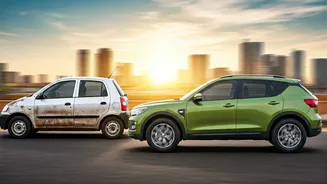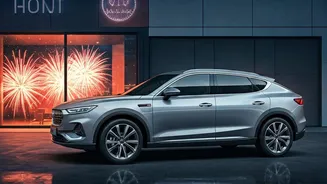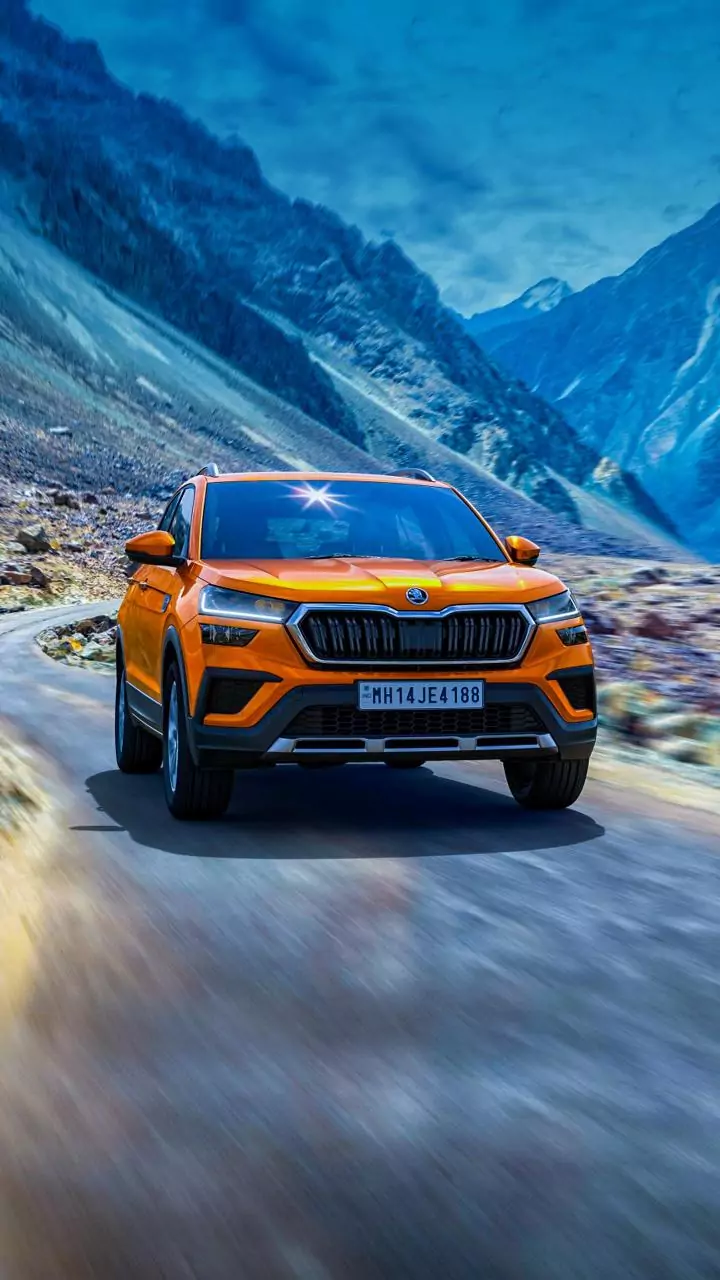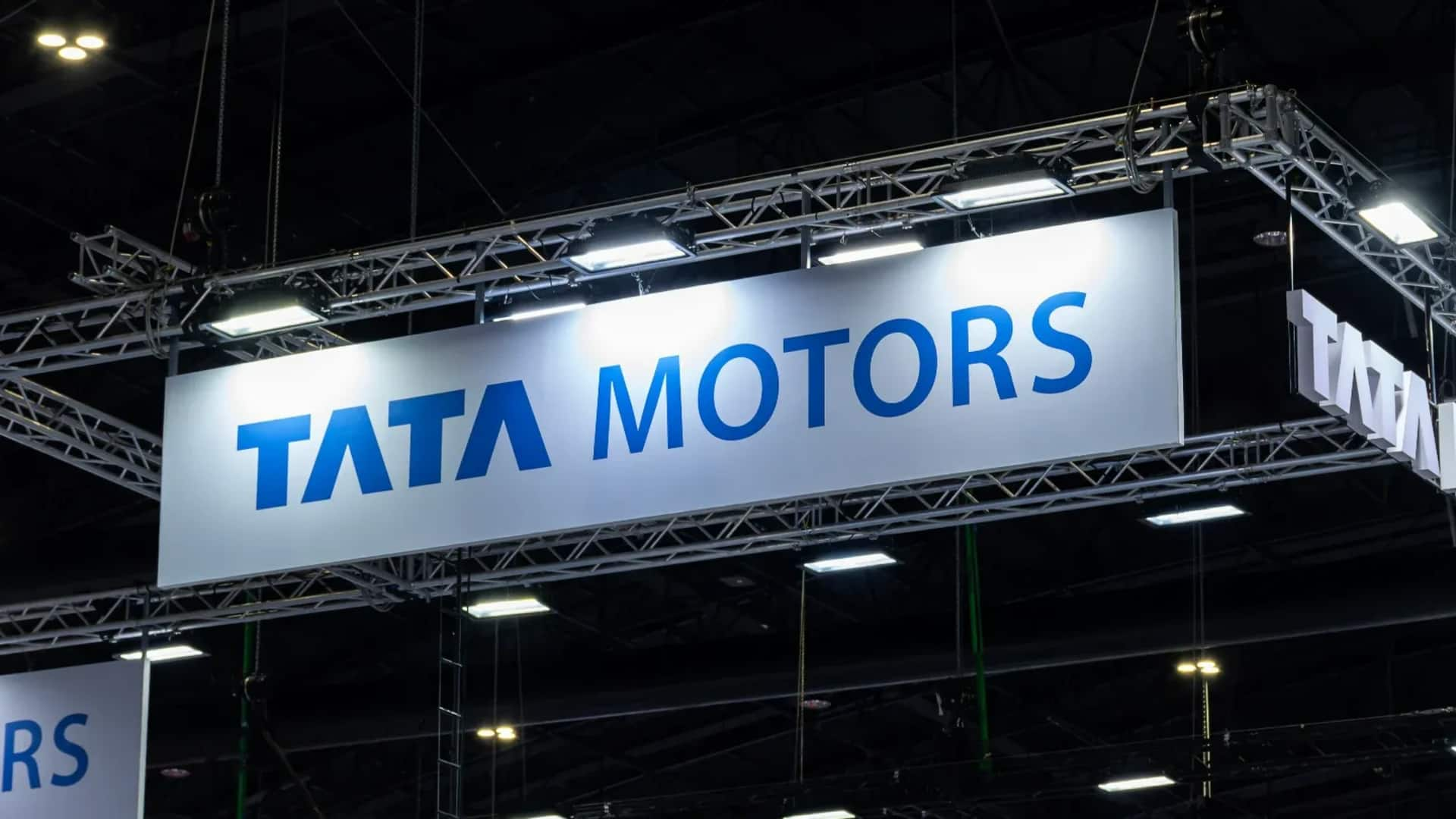Hatchback's Downturn Explained
For half a decade, a consistent pattern has emerged in the Indian automotive sector: the decline of entry-level hatchbacks. Their market share has been
progressively diminishing, a trend that warrants careful examination. Several factors likely contribute to this downturn. One key aspect is the rise in consumer purchasing power. As incomes increase, buyers often gravitate towards vehicles offering more features, space, and a premium feel, which are frequently found in other segments. Additionally, the evolving road infrastructure, with improvements in highways and expressways, has made larger vehicles, including SUVs, more practical and appealing for both city and long-distance travel. The expanding preference for SUVs is also fueled by their perceived safety advantages and their association with a modern, aspirational lifestyle.
SUV's Dominance Growing
Conversely, the SUV segment is experiencing significant growth. SUVs, characterized by their robust design, spacious interiors, and versatility, have become increasingly popular with Indian consumers. This popularity is driven by several factors. SUVs offer a commanding view of the road, contributing to a sense of safety and control that appeals to many drivers. Their higher ground clearance makes them suitable for varied road conditions, including the often-challenging terrain found across the country. Moreover, SUVs align with the aspirational image that many buyers seek, representing a vehicle that reflects an active and adventurous lifestyle. As more models and variations become available in the SUV segment, their appeal is expected to continue growing, further influencing the automotive landscape.
Changing Consumer Preferences
The shift away from entry-level hatchbacks and towards SUVs is a clear indication of changing consumer preferences. Indian consumers are increasingly prioritizing features like safety, comfort, and a premium driving experience, which SUVs often deliver. The increasing number of nuclear families and the need for vehicles that can accommodate families and luggage comfortably contribute to SUV popularity. Furthermore, the availability of advanced features like infotainment systems, advanced driver-assistance systems (ADAS), and connected car technologies in SUVs further enhances their appeal. This trend is also impacted by the increasing number of women drivers, who may find the higher driving position and added safety features of SUVs particularly attractive. These elements together drive the growth of SUVs.
Market Implications & Future
These trends are having a profound impact on the Indian automotive market, influencing both product development and business strategies. Auto manufacturers are investing heavily in SUV models, expanding their offerings to meet the growing demand. This includes introducing new models, upgrading existing ones, and focusing on features that resonate with Indian consumers. The shift is also influencing the pricing strategies and marketing efforts of automakers, with a greater focus on SUVs and premium features. For entry-level hatchbacks, manufacturers need to find innovative ways to remain relevant, potentially by adding more features, enhancing fuel efficiency, and focusing on value for money. The future of the Indian automotive industry is undoubtedly shaped by these dynamics, with SUVs likely to continue their growth trajectory, and hatchbacks needing to adapt to stay competitive.












